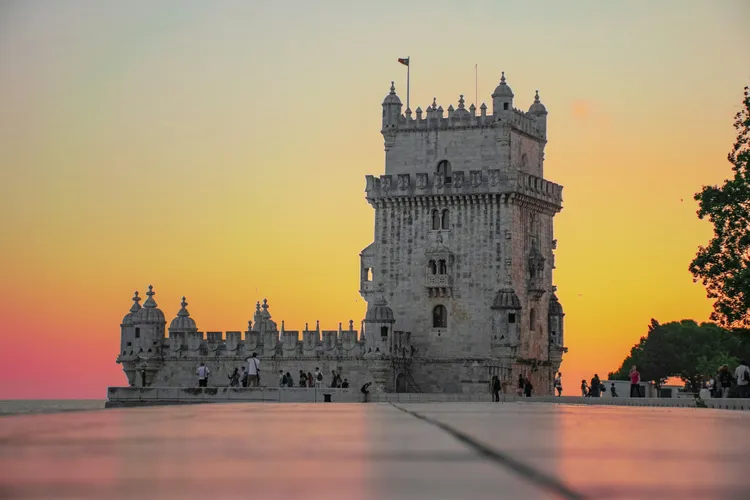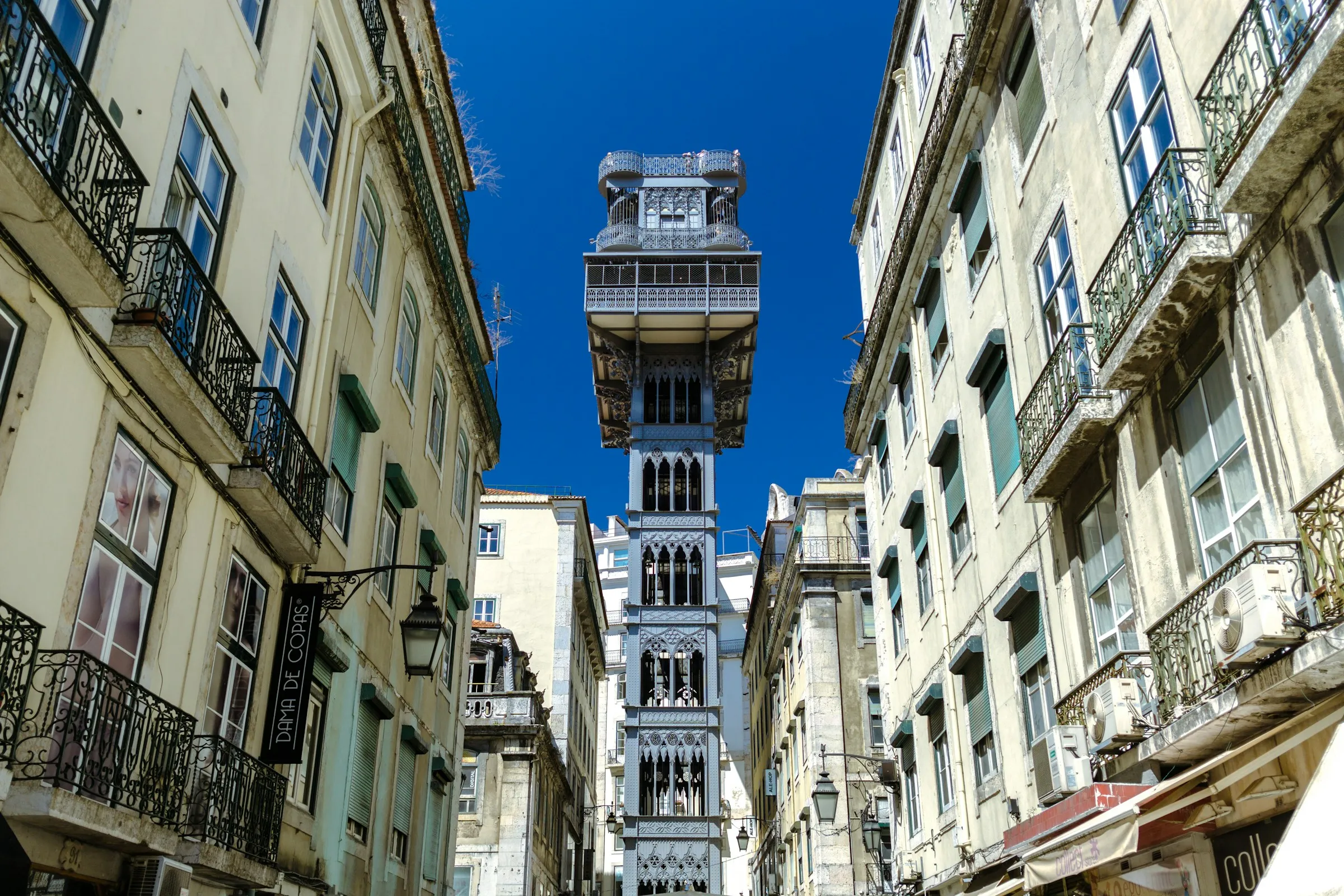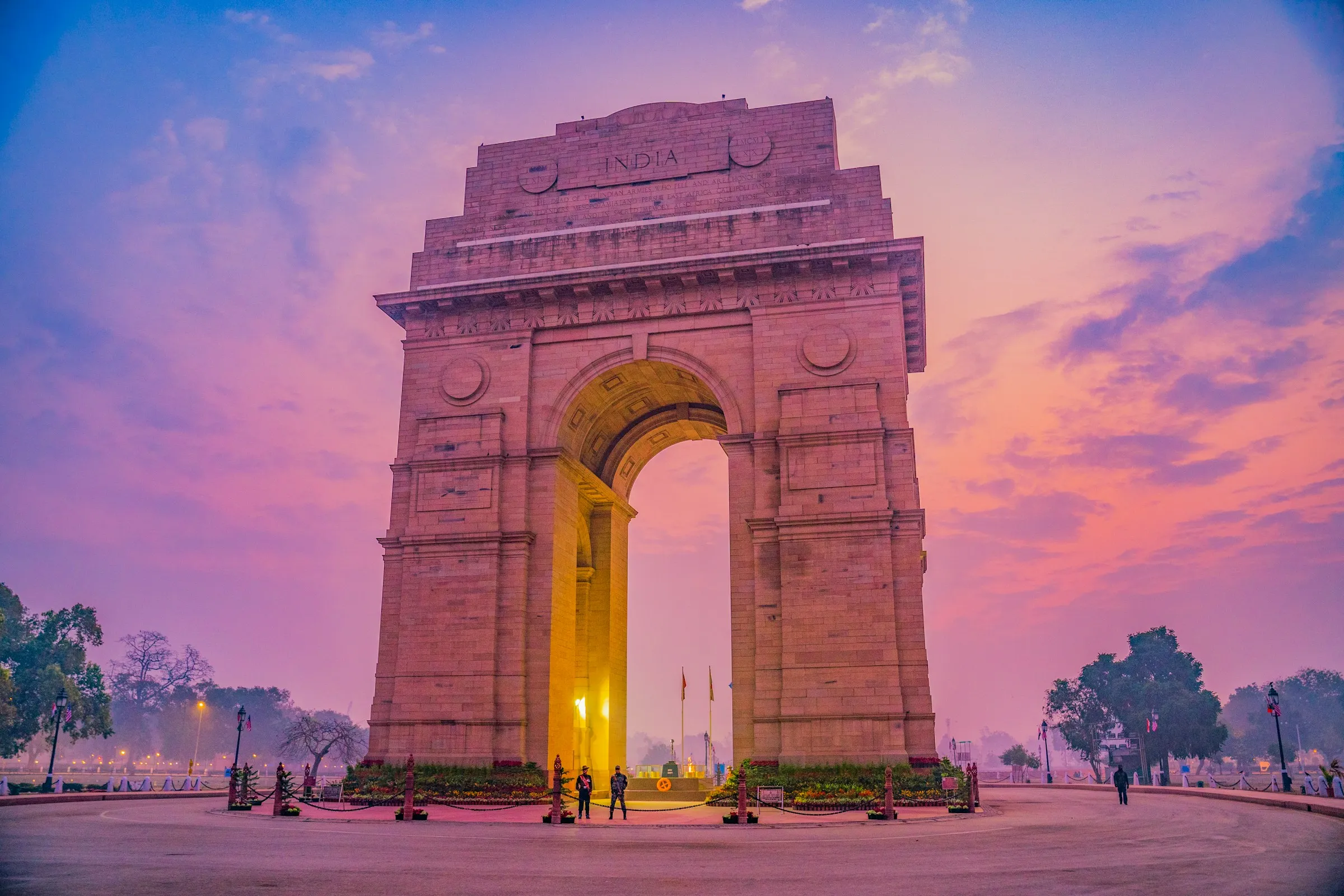Standing elegantly on Lisbon’s Tejo River, the beautiful white fortress, Belém Tower. This tower, which conveys the glory of the Age of Discovery, is a World Heritage site symbolizing Portugal. Even if you’ve only seen it in photos, aren’t you curious about its history and what there is to see inside? This article provides a detailed introduction to the charm and tourist information of Belém Tower.
Basic Information about Belém Tower
When was it built?
Belém Tower was built in the early 16th century (around 1514-1519), right in the middle of the Age of Discovery when Portugal was at its peak. Commissioned by King Manuel I, it was constructed at the mouth of the Tejo River as a fortress to protect the capital Lisbon and the Jerónimos Monastery, and also served as a gateway to bid farewell to ships embarking on the India route. It is a historical structure that embodies the architectural technology and artistry of the time.
What was its purpose?
Its main initial purpose was as a fortress to monitor ships navigating the Tejo River and prevent enemy invasions. Built jutting out into the river, it has a robust structure equipped with cannons. Over time, it also served various roles such as a customs house, a lighthouse, and even a prison for political detainees. It is an interesting place where a single building has taken on different roles throughout history.
Value as a World Heritage Site
Belém Tower, along with the nearby Jerónimos Monastery, was registered as a UNESCO World Cultural Heritage site in 1983. As “Monastery of the Hieronymites and Tower of Belém in Lisbon,” it is recognized as an important cultural asset symbolizing the splendor of Portugal during the Age of Discovery. Its unique architectural beauty and historical significance are globally acknowledged.
Architectural Style Features
This tower is built in the “Manueline style,” a unique Portuguese architectural style. This ornate and decorative style emerged from the wealth brought by the Age of Discovery and the influence of foreign cultures. Maritime motifs like ropes, shells, and armillary spheres, as well as the Cross of the Order of Christ, are seen throughout, giving the stone structure a glamorous yet delicate impression.
Highlights of Belém Tower
Beautiful Exterior Reflected on the Tejo River
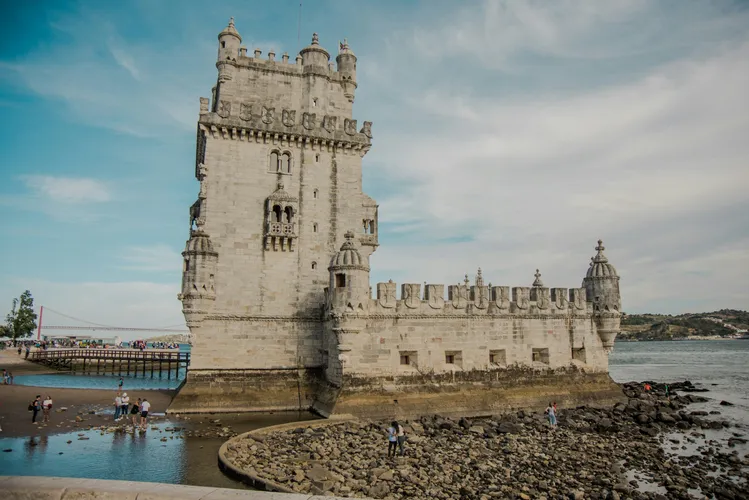
The first thing to notice is its beautiful exterior. The tower, made of white limestone, reflects beautifully on the surface of the Tejo River, almost appearing to float on the water. It features the intricate carvings characteristic of the Manueline style, as well as arches and window designs influenced by Moorish (Islamic) architecture. Don’t miss the unique gargoyles shaped like animal heads.
Governor’s Hall
On the first floor inside the tower is the “Governor’s Hall (Sala do Governador).” It is believed that the tower’s commander conducted his duties here, and it was also used as an audience chamber when the King visited. An octagonal opening offers a view down to the lower level (battery), allowing you to imagine the past. The ceiling decorations and stone walls evoke a medieval atmosphere.
Chapel
On the third floor of the tower, there is a small “Chapel (Capela).” The ceiling is decorated with a typical Manueline rib vault, and the walls are engraved with the Cross of the Order of Christ, among other symbols. It is a sacred space where sailors departing during the Age of Discovery likely prayed for safe voyages. You can contemplate history in its solemn atmosphere.
Top Floor Terrace
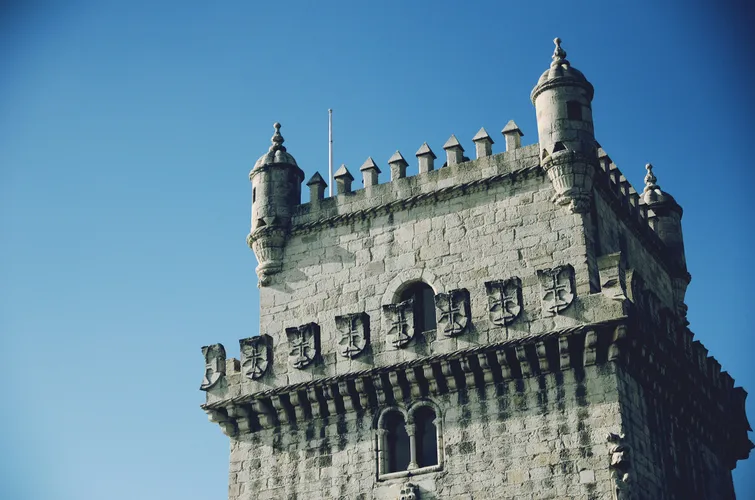
At the end of a narrow spiral staircase lies the top floor terrace. From here, a wonderful 360-degree panorama unfolds, including the Tejo River, the opposite bank, the 25 de Abril Bridge, and the Monument to the Discoveries. The view from what was once a lookout post is exceptional and offers an exhilarating feeling. It’s also a popular photo spot, so definitely a place to visit.
How to Visit Belém Tower, Duration, etc.
Check ticket types and access methods in advance to ensure a smooth visit to Belém Tower.
Ticket Types (As of April 2025)
- Standard Ticket
- Allows entry only to Belém Tower.
- Price: €15
- Lisboa Card
- A tourist pass that includes unlimited travel on Lisbon’s public transport and free or discounted admission to many museums, galleries, and attractions. Belém Tower is included for free admission. Many people use this card.
- Price: €31 for 24 hours, €51 for 48 hours, €62 for 72 hours
Opening Hours & Closing Days (As of April 2025)
Open daily except Mondays, from 9:30 AM to 6:00 PM. Last admission is at 5:30 PM. Closed on January 1st, Easter Sunday, May 1st, June 13th, and December 25th.
As the building itself is small, visiting right after opening is recommended to avoid crowds.
Access Methods
Using public transport is convenient to get from central Lisbon to the Belém district.
Tram
Line 15E, approx. 5-minute walk from “Lg. Princesa” stop.
Bus
A few minutes’ walk from stops “Lg. Princesa,” “Pedrouços,” or “Centro Cultural Belém”.
Train
Approx. 15-20 minute walk from “Belém” station on the Cascais Line.
Estimated Visit Duration
Allow about 1 to 1.5 hours. While the interior isn’t vast, factoring in potential waits for the stairs and time to enjoy the views from the terrace, this duration is a good estimate.
Points to Note for Visiting Belém Tower
- Crowds: It gets very crowded, especially in the mornings, on weekends, and during the tourist season (spring to autumn). Aim for right after opening, just before closing, or visit on a weekday.
- Stairs: The spiral staircase inside the tower is very narrow and steep. Pay close attention to your footing and wear comfortable shoes. Caution is advised for those with limited mobility or concerns about physical exertion.
- Online Tickets: Purchasing tickets online in advance is highly recommended to save time.
- Baggage: Avoid bringing large bags; it’s best to visit with light belongings.
- Weather: In case of strong winds or bad weather, the facility may close for safety reasons.
Nearby Attractions around Belém Tower
- Jerónimos Monastery: A magnificent monastery hailed as the masterpiece of Manueline architecture.
- Monument to the Discoveries: A huge monument along the Tejo River featuring sculptures of figures from the Age of Discovery.
- Pastéis de Belém: Where you can taste the original egg tart (pastel de nata).
